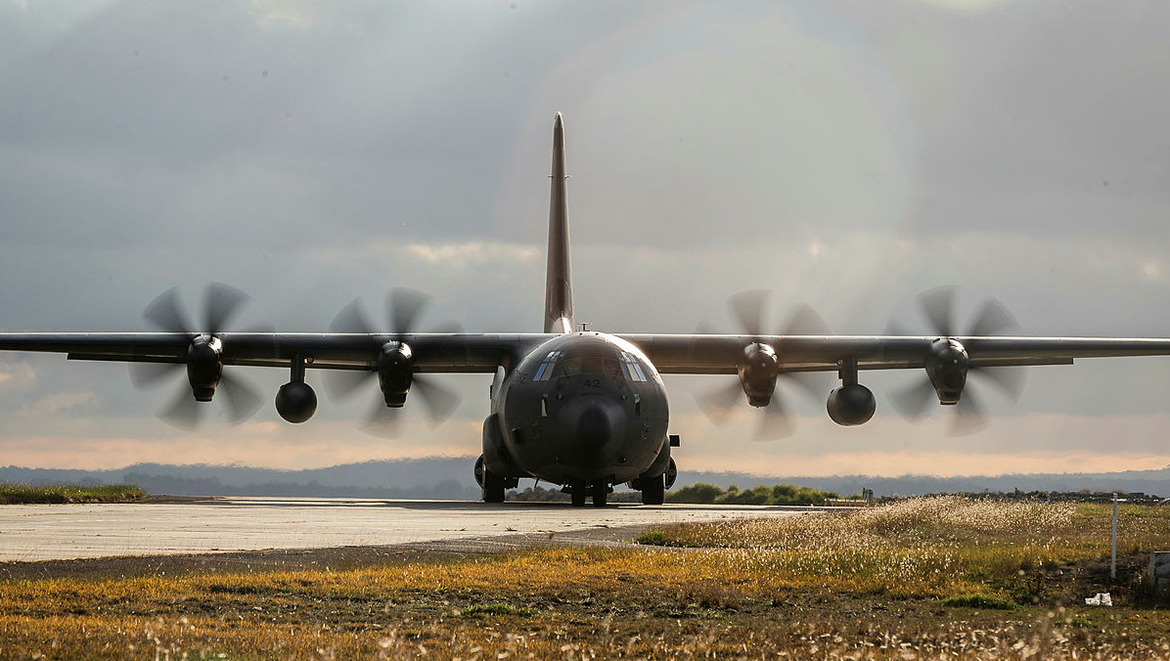Following the cancellation of Exercise Pitch Black due to social distancing concerns, the RAAF has moved to host an online event scheduled to run through to 7 August, coinciding with the period over which the live exercise would have run.
To continue reading the rest of this article, please log in.
Create free account to get unlimited news articles and more!
Exercise Pitch Black Online is currently being facilitated through the use of RAAF social media channels.
Air Commander Australia, Air Vice-Marshal Joe Iervasi, said the online campaign was an excellent opportunity to recount the exercise’s history, its international participants and its engagement of the local community.
“It’s been a challenging year for everyone right across the globe,” AVM Iervasi said.
“A number of participating nations have found it difficult to send personnel and aircraft down to the exercise.
“So, we’re taking the opportunity, even though we can’t exercise physically, to continue the engagement through Pitch Black Online.”
A biennial exercise, the last exercise was held over three weeks in 2018, involving 140 aircraft and 4,000 personnel from 15 nations.
“Exercise Pitch Black is our biennial international engagement exercise,” AVM Iervasi said.
“The exercise has evolved over many years to become the premier southern hemisphere air combat exercise.”
The exercise traces its history back to an air defence exercise carried out for delta-wing Mirage IIIO fighters from No. 77 Squadron at RAAF Base Williamtown, supported by radar surveillance from No. 3 Control and Reporting Unit. Together, the Mirages worked to fend off attacks from RAAF No. 1 Squadron F-111C strike jets.
While the exercise would repeat the following year, in 1983 it would step up – relocating to the NT and involving the USAF. Over the next four decades, the exercise grew significantly, shifting its focus from air defence to strike and large force employment missions around the turn of the century.
Today, it is one of the few opportunities for the Air Force to demonstrate its full capabilities to the Australian public, and provides an excellent basis on which the force can reflect on interoperability and RAAF development.

 Login
Login







